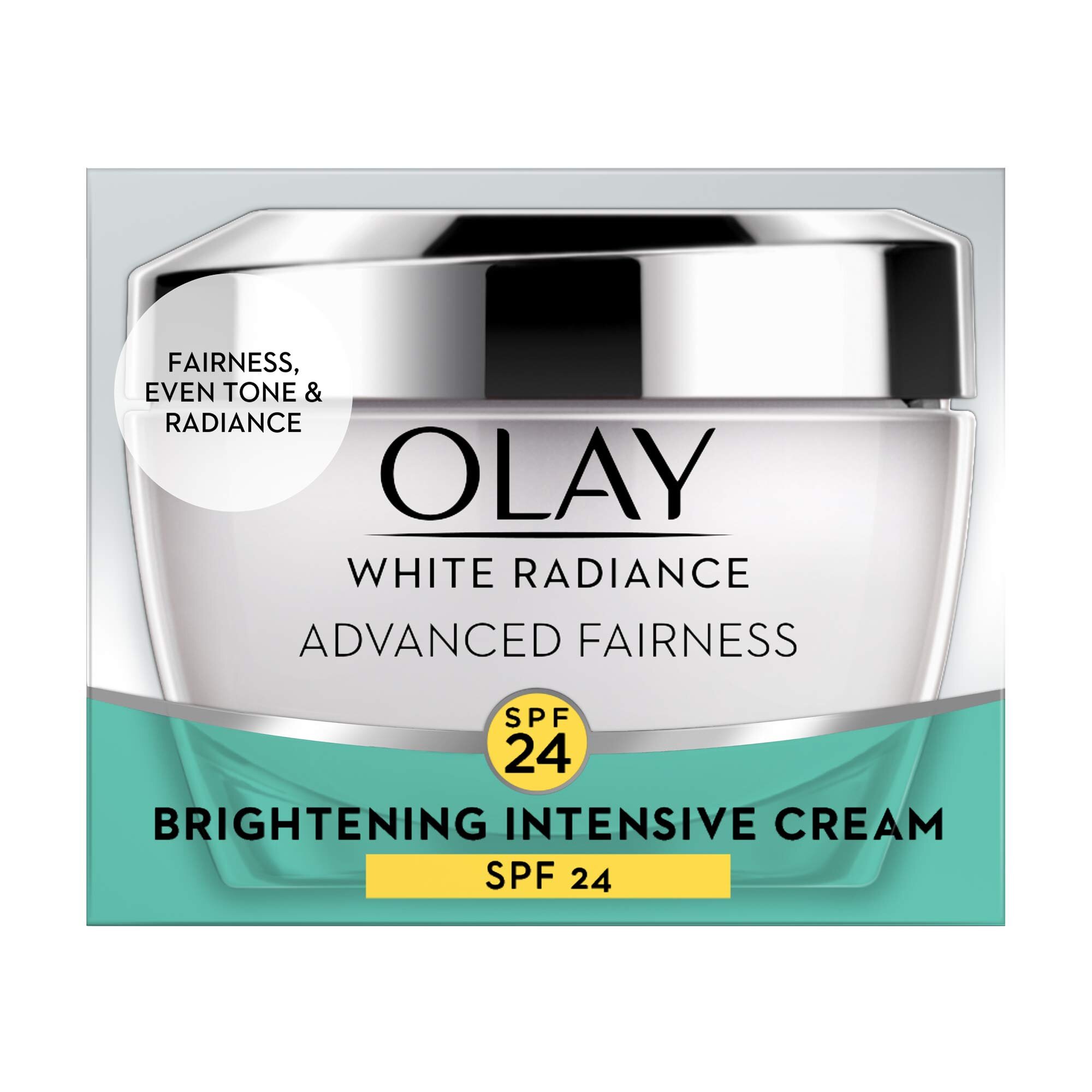Cleansed is a proposed exhibition and a portfolio response to a project for the ‘performance of heritage’ module (2020) at the university of roehampton
Cleansed / Ethnic, racial, and hygienic implications of ‘purifying’ the body
This e-exhibit analyzes ‘cleansing’ by looking at the different ways in which the body has been cleansed throughout history and into today. Through a historical and geopolitical survey of the notion of ‘cleansing,’ it asks: what is being ‘cleansed’? Who is ‘cleansed’ and who carries out the ‘cleansing’? Focusing specifically on ethnic and hygienic cleansing in the West and racial/skin cleansing in postcolonial India, this exhibit reveals that there is more to ‘cleansing’ than the standard definition of ridding the body of illness and disease. Under this more obvious medicalized veil lies a virulent global project that reveals ‘cleansing’ to be a historically dirty endeavor. Conceptualizing ‘cleansing’ as an amalgam of dichotomies—beneficial/detrimental, clean/dirty, good/bad—provides a framework through which to critically examine the current COVID-19 situation: what kind of ‘cleansing’ is at play in our society today and why is it important that we take notice?
Location Rationale |
The Wellcome Collection
Wellcome is known for ‘drawing together historic artefacts and artistic works to creatively interrogate varied cultural responses to the medical world,’ which is exactly what Cleansed attempts to achieve (Sterling 2011). By analyzing the various connotations—medical, racial, colonial, etc.—of cleansing, this exhibit offers a multitude of ways in which to view the world’s cleansing response especially during a time of crisis.
The Wellcome Collection has broached the discourse that Cleansed continues through their 2011 exhibit, Dirt: The Filthy Reality of Everyday Life, which was described as moving ‘from modernity's dogma to corrosive metaphor, the exhibition’ charting both ‘scientific discoveries and tarnished discourses of cleanliness’ (Wellcome Press Release 2011).
An analysis of Dirt (2011)
‘There is no such thing as absolute dirt:
it exists in the eye of the beholder’ (Douglas 1966: 2)
Themes: visible/invisible, publilc/hidden, biological/material
Places: Delft (The Home), London (The Street), Glasgow (The Hospital), Dresden (The Museum), New Delhi and Kolkata (The Community), Staten Island (The Land) (Sterling 2011).
How Cleansed differs, but follows: Dirt aimed to ask: how can we no longer turn a blind eye to our close relationship with the dirtiness we create? How can we then learn from and (re)conceptualize our relationship with dirt? Cleansed takes a retrospective look and a slightly different approach to further question our obsession with cleansing ourselves. Rather than asking viewers to face and question their innate filth, it asks them to observe how sweeping movements to clean(se) are often covert attempts to purge humans of difference.
Performance of Heritage
‘Museums themselves are increasingly seen as institutions whose raison d’être needs questioning, instruments of power whose neutrality is fictional’ (Lopez y Royo 2002: 1, my emphasis).
As an online exhibit meant to be viewed by a virtually engaging public, this exhibit exists to question standard modes of curating art and performance in a classical museum space.
Writing about museums in the twenty-first century, Lopez y Royo (2002) continues, ‘[m]useums’ resilience and ability to change and adapt have been put to the test,’ a statement which could not be more true during the current situation in which museums are making digital works available, curating digital exhibits, and attempting to disseminate intangible heritage through virtual means (2).
The nature of this exhibit, asking viewers to access these materials from the privacy of their homes and engage in a specific order, is performative in itself and sits within a trove of art-making within the domestic space (Parker 1997; Taylor-Johnson 2002).
Because of our recent cultural shift to online existence and consumption, this exhibition is to be viewed under the theory of cultural materialism, which Theron Schmidt (2017) outlines ‘helps to situate the economic and material conditions that both constrain and actively generate the kinds of available encounters’ that the performance is able to have (9).
Ethnic Cleansing / The Eugenics Crusade
England | British scholar Francis Galton coins eugenics in 1883 in hopes of propagating the British elite (History.com 2019).
U.S. | Eugenics moves abroad.
Cleansers: John Harvey Kellogg, The Eugenic Records Office, U.S. Supreme Court, Menendez Ramos
Cleansed: 20,000 people with mental illness (only in CA), disabled people, Latinx, Native Americans, all minorities outside of the ‘superior Aryan gene pool,’ poor, immigrants.
Germany | In 1930s and 40s, the Deutsches Hygiene-Museum in Dresden is used to spread eugenic ideologies of racial and ethnic cleansing in order to obtain Hitler’s superior Aryan race through all means necessary, including genocide.
Cleansers: Hitler, Deutsches Hygiene-Museum, the Nazis, Josef Mengele (SS doctor)
Cleansed: Jews, gypsies, all non-Aryan races
Click through the photos and propaganda below to see firsthand how this cleansing ideology was spread.
Poster | First International Hygiene Exhibition
Dresden - 1911 - brainchild of manufacturing tycoon Karl Ligner
Precursor to the founding of the Deutsches Hygiene-Museum in the same city in 1930.
· · ·
Hitler’s use of the museum as a ‘cleanser’
Today the museum’s seventh themed room—the Beauty, Skin, and Hair room—reveals paintings from the 18th century.
Depicts German nobility using perfume, essential oils, flour, and powdered wigs to cover their ‘lice-infested scalps’ and ‘scabby, unwashed bodies’ while looking down on the peasants washing themselves by the river (Burian 2012).
rich/poor · · · visible/invisible · · · clean/dirty
Even when the marginalized are hygienically cleaner, the Bourgeois have control over the ‘cleansing’ rhetoric of the time, and thus control over the history that moves forward.
In a collaborative exhibition with Wellcome, it would be interesting to display these portraits from the Deutsches Hygiene-Museum alongside realistic, wig-less, powder-less busts
Whose skin is really cleaner?
Or whose skin is the most ‘cleansed’?
Racial Cleansing /
India’s Skin Lightening Crusade
‘The “aspirational images” are associated with advertising (of affect/ sensations) that creates the desire in the onlooker to consume or buy a product […] Now the heroes and heroines exude a cosmopolitan aura of western fashion models with their perfect bodies, stylish clothes and accessories, fair skin, and golden hair highlights.’
-Dance scholar Pallabi Chakravorty (2019) on today’s Bollywood dance.
hollywood/bollywood ··· west/east ··· english/hindi ··· white/‘white’
white perfect night cream, whitening + even tone, melanin vanish + tourmaline, white radiance, advanced fairness, brightening intensive cream, fair & lovely winter fairness, fairness expert for soft, fair skin.
‘I NEED AN ADVANCED, INTENSIVE EXPERT TREATMENT TO VANISH MY SKIN COLOR TO EVEN BE CLOSE TO PERFECT.’
the skin is cleansed
ethnicity is cleansed
what’s next?
Hygienic Cleansing / Medicalizing purification
Hand washing /
Embodied, medicalized ritual to rid the body of illness
In the current COVID-19 situation, hand washing has rightfully become a topic of utmost concern and of much public health propaganda. But has it always been considered this important?
Ignaz Philipp Semmelweiss (left) was a Hungarian physician in the mid-19th century who proposed hand washing with bleach solutions because he observed it reduced mortality to below 3%.
He had no scientific explanation. He was mocked and rejected by his colleagues.
Joseph Lister (right), a British surgeon, came onto the scene about 20 years later and pioneered antiseptic surgery—putting French biologist Louis Pasteur’s germ theory research into practice.
His work was monumental in preventing post-operative infection.
The medical community that had ridiculed and shunned Semmelweiss now became stalwarts of medical hygiene through hand washing and antisepsis.
80 years later: hand washing PSAs still only address nurses and health care workers.
The 21st century: hand washing is for everyone.
2020: hand washing is essential.
it is civic duty.
it is routine.
it is excessive.
it is obsessive.
it is necessary.
it is required to survive.
As we focus on scrubbing our palms together, between each finger, under every nail, through each hair, over every wrinkle…
what besides the virus is being ‘cleansed’?
NYC, England, and Wales: Black people are twice as likely to die from COVID-19 than white people.
Illinois: 56% deaths are POC, they make up 39% of state population.
Louisiana: 70% of deaths are Black, they make up 32% of state population.
Michigan: 41% of deaths are Black, they make up 14% of state population.
“Some have gone as far [as] to call it genocide. I plead the fifth.”
-Dr. Kizzmekia Corbett, lead NIH coronavirus vaccine researcher in a since deleted tweet.
Trump’s ‘Chinese virus’ / Anti-Asian rhetoric
The Coronavirus Anti-AAPI Racism Incident Report platform got over 1100 incident reports in a span of two weeks (below: Story 1, Story 2).



Thus, the current COVID-19 situation becomes an interesting case study through which to view the variegated implications of ‘cleansing.’
We continue cleansing our hands—a necessary act that was mocked just 100 years ago—of the same virus that is simultaneously ‘cleansing’ us: hygienically, socioeconomically, racially, ethnically.
History has shown us that dangerous movements to ‘cleanse’ do not stop unless they are named, held accountable, and acted against. This e-exhibit has been one attempt.
‘Cleansed’ is a choreographic presentation by Shiv Nadkarni and Jenny Gao.
[End of ‘cleansed’ portfolio]
All sources are hyperlinked. Photos courtesy of: Deutsches Hygiene-Museum (Dresden), Wellcome Library (London), Museum of London (Wellcome Collection), Alexander Krivitskiy (Intro image), 莎莉 彭 (B&W hands washing)



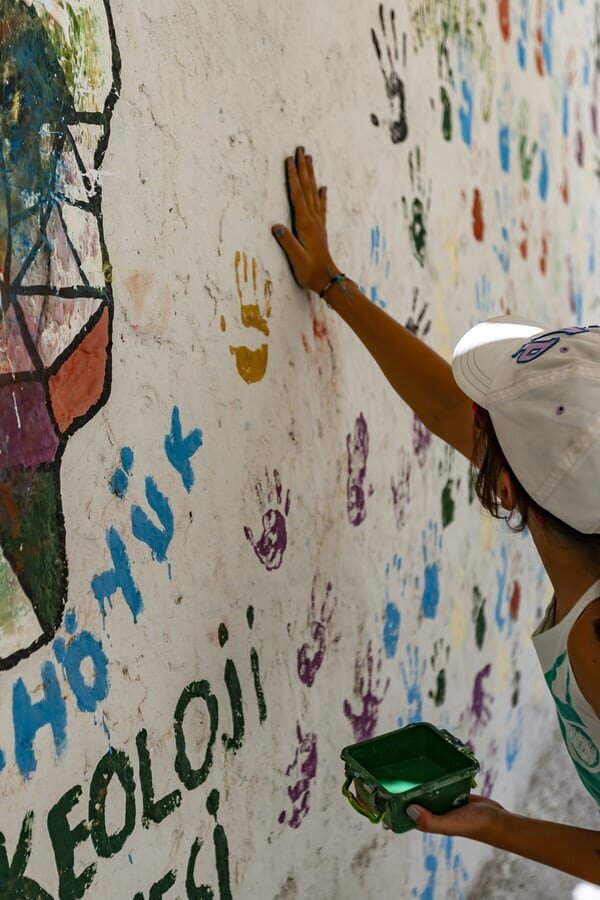


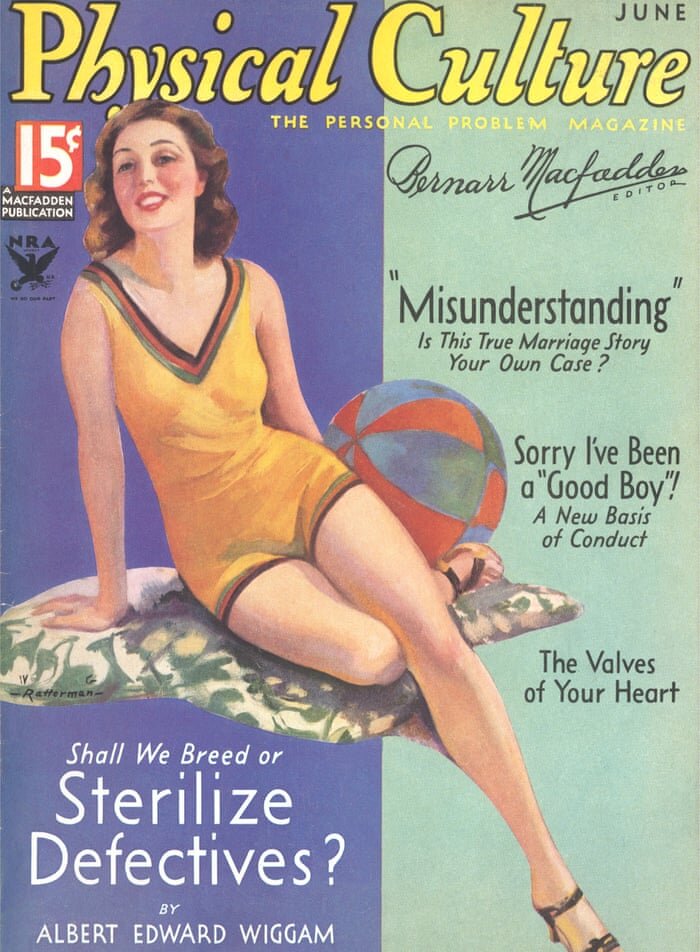

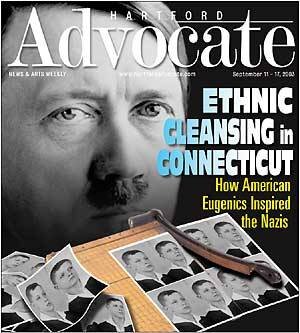
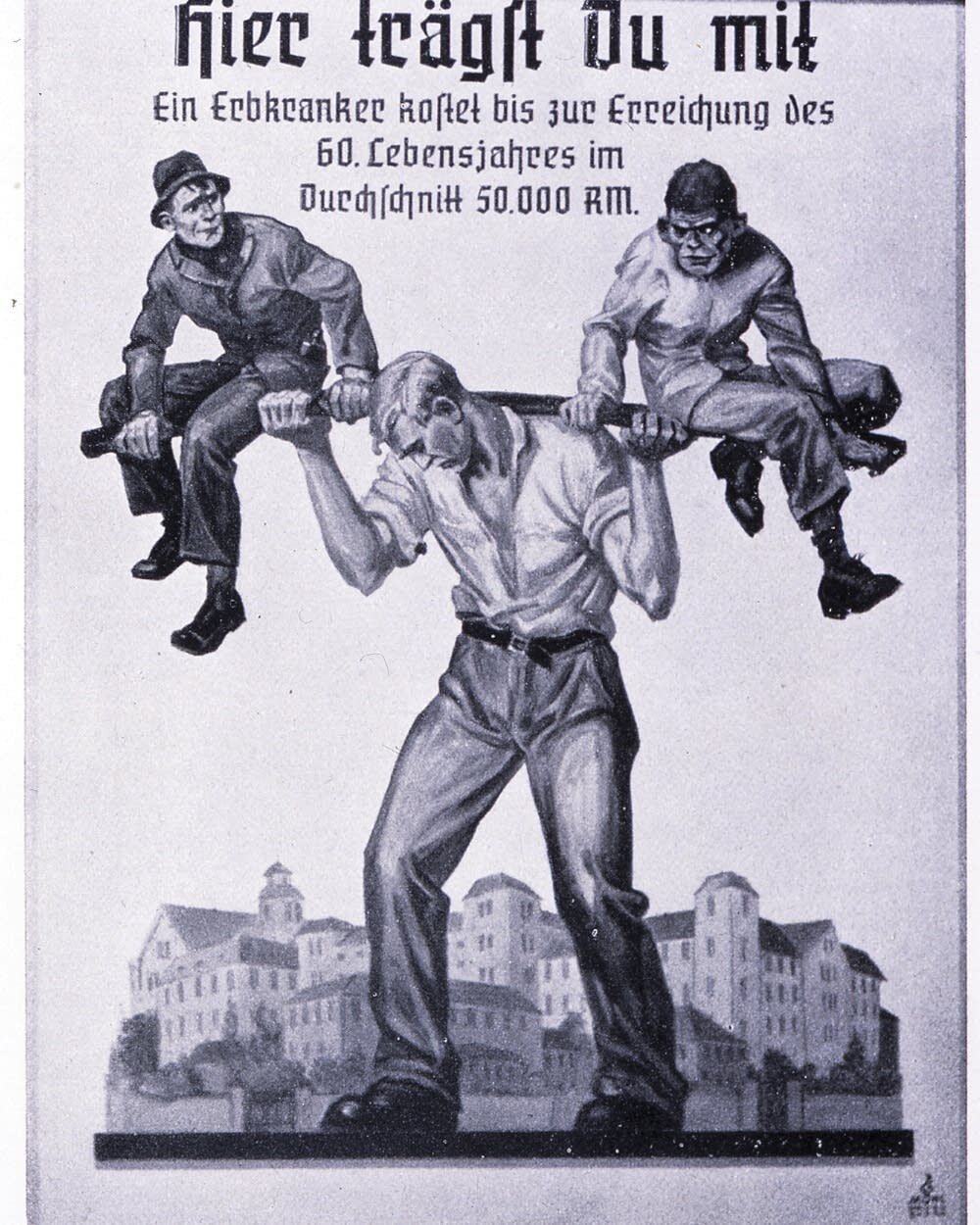




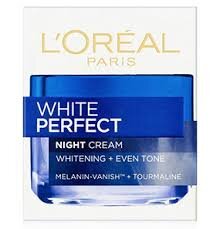
![New White Perfect - Transparent Rosy Whitening Moisturising Cream [F].jpg](https://images.squarespace-cdn.com/content/v1/5b6481e0e74940a5b5f19a6b/1588977763306-OU155QUTXREA1COBBVEK/New+White+Perfect+-+Transparent+Rosy+Whitening+Moisturising+Cream+%5BF%5D.jpg)


